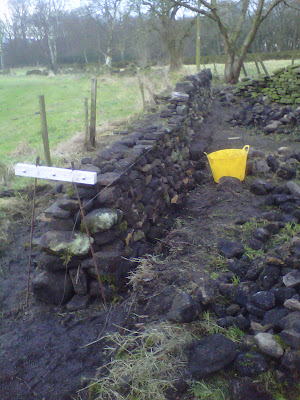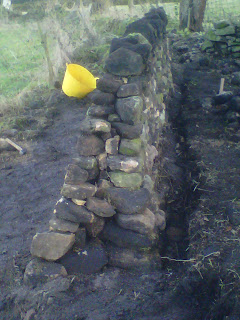 We had a bat survey completed back in August and the survey was submitted as part of the planning application. The survey showed no evidence of bats living in the property or the outlying buildings.
We had a bat survey completed back in August and the survey was submitted as part of the planning application. The survey showed no evidence of bats living in the property or the outlying buildings.
Bats
The submitted bat survey has identified some limited bat activity around the site but no evidence of bats
emerging from the buildings, although these were identified as having some potential. No further information is required.
The following recommendations should be followed and conditioned as appropriate:
- All roof coverings and fascias should be removed carefully by hand
- Should any evidence of bats be found, all works should stop and advice sought from the bat surveyor or Natural England.
Given the loss of potential bat roost features as a result of the proposal, we would suggest that one bat roost feature is incorporated into the development. Preferably, this should be an integral feature (e.g. a ‘bat brick’) or if this is not possible, an external, long-lasting ‘woodcrete’ type bat box.
Guidance is given via the following link:
Bat roost features should be sited away from artificial lighting and should not be located above windows and doors.
Swallows
In the course of the bat survey, an occupied swallow nest was identified in the existing lean-to building at the north-east side of the site. Works to this section of the site (which may cause destruction of nests or, disturbance to the resident swallows) must not take place during the bird breeding season (late March to August) or until the young have fledged.
In line with the NPPF, It would be beneficial if this nest could be retained in the final scheme. If not, then if possible, a replacement swallow nesting feature should be incorporated into the scheme in line with the following guidance:
http://www.rspb.org.uk/wildlife/birdguide/name/s/swallow/encouraging.aspx
Swallow nests require an open access throughout the breeding season, so are best suited to outbuildings, sheds or garages.











